Introduction
Every student takes notes, but not every student takes notes effectively. The way you record, organize, and review information can make the difference between forgetting concepts and mastering them. Modern research in cognitive psychology shows that note-taking is not just a passive activity; it actively shapes memory and learning.
In this article, we’ll explore the science of effective note-taking, discover the most powerful methods, and learn how to apply them in everyday study sessions.
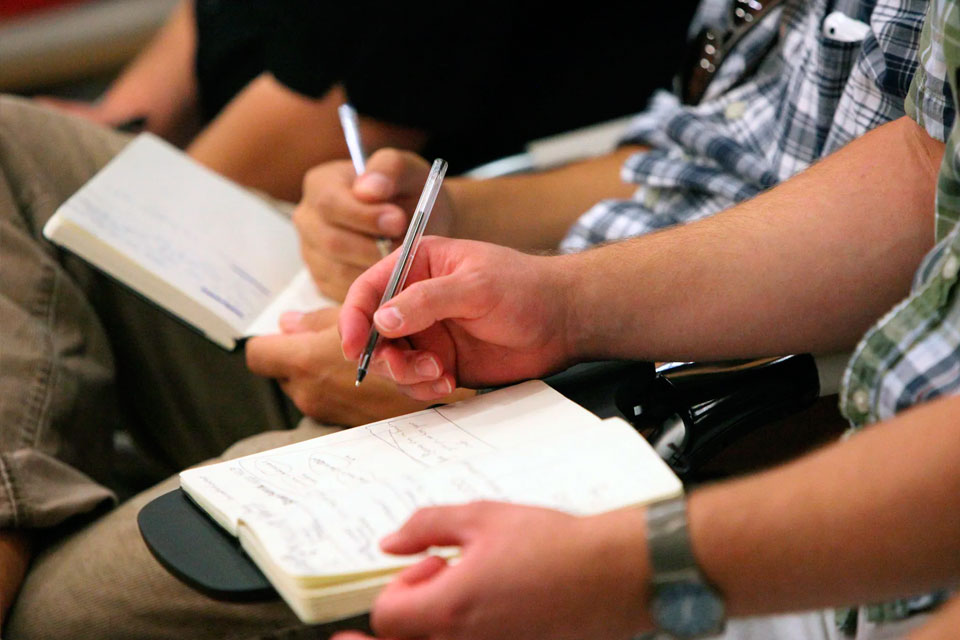
1. Why Note-Taking Matters
Note-taking does more than preserve information. It engages the brain in active processing. When you listen, filter ideas, and put them into your own words, you strengthen neural connections. Studies confirm that students who take organized notes consistently perform better on exams.

2. Handwriting vs. Typing Notes
There has been much debate about whether to write notes by hand or type them on a laptop. Research from Princeton University shows that handwritten notes promote deeper understanding, while typed notes are faster but risk becoming word-for-word transcripts. The best approach is to combine both: handwrite for critical thinking, type for speed and storage.

3. The Cornell Method
The Cornell Method divides your page into three sections: notes, cues, and summary. In the large notes section, you capture main ideas and details. In the cues column, you write keywords or questions. At the bottom, you summarize the lesson in a few sentences. This structured approach improves comprehension and makes revision much easier.
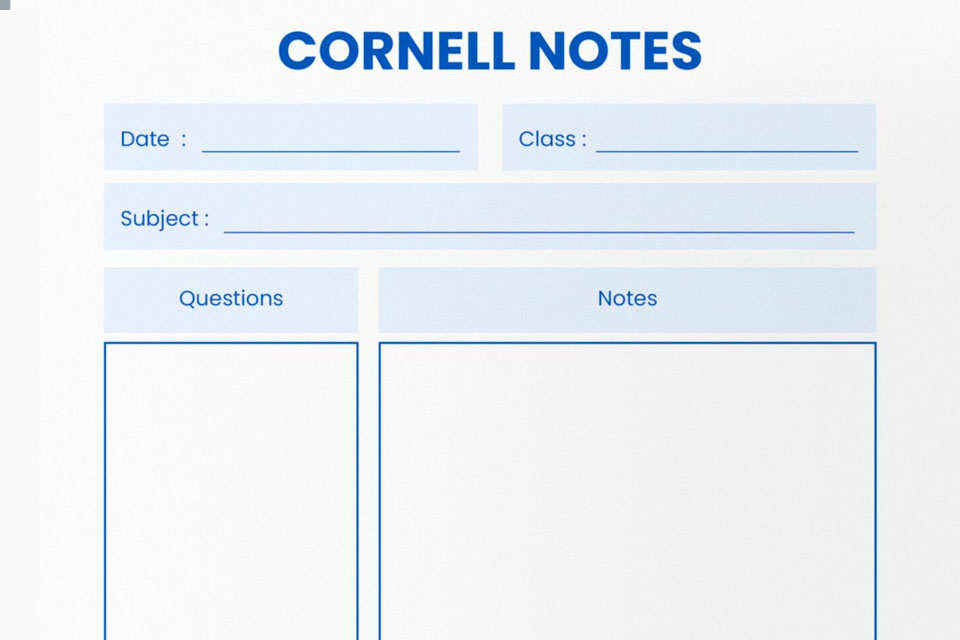
4. The Outline Method
Perfect for lectures that follow a logical structure. Students create bullet points with main topics and sub-points beneath them. This method keeps information clean and hierarchical, great for textbooks and step-by-step lessons.
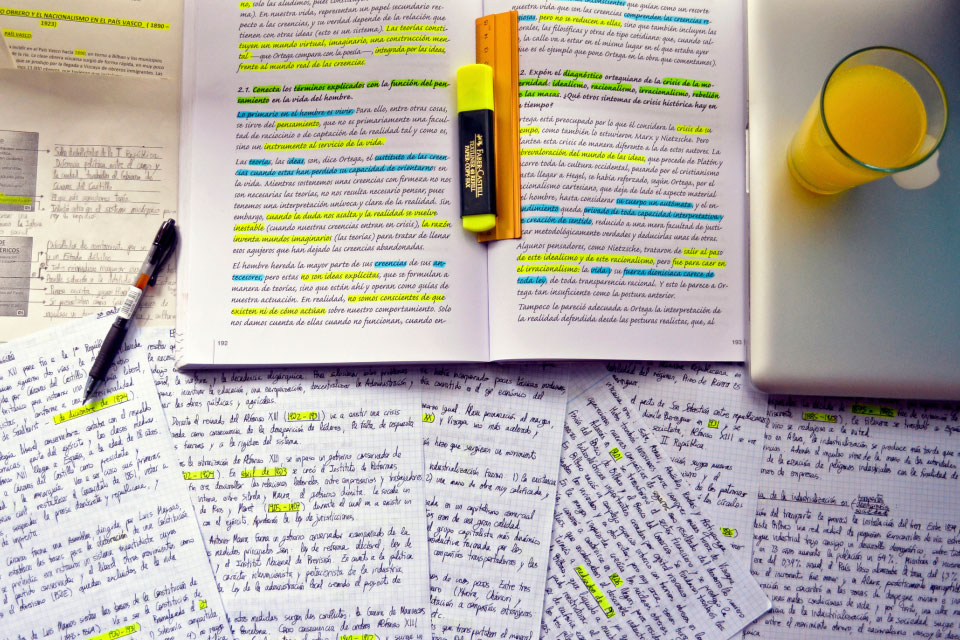
5. Mind Mapping and Visual Notes
Some learners think visually. Mind maps turn information into diagrams: central ideas at the center, connected by branches with details. This encourages creativity and helps in subjects that require connections between concepts.
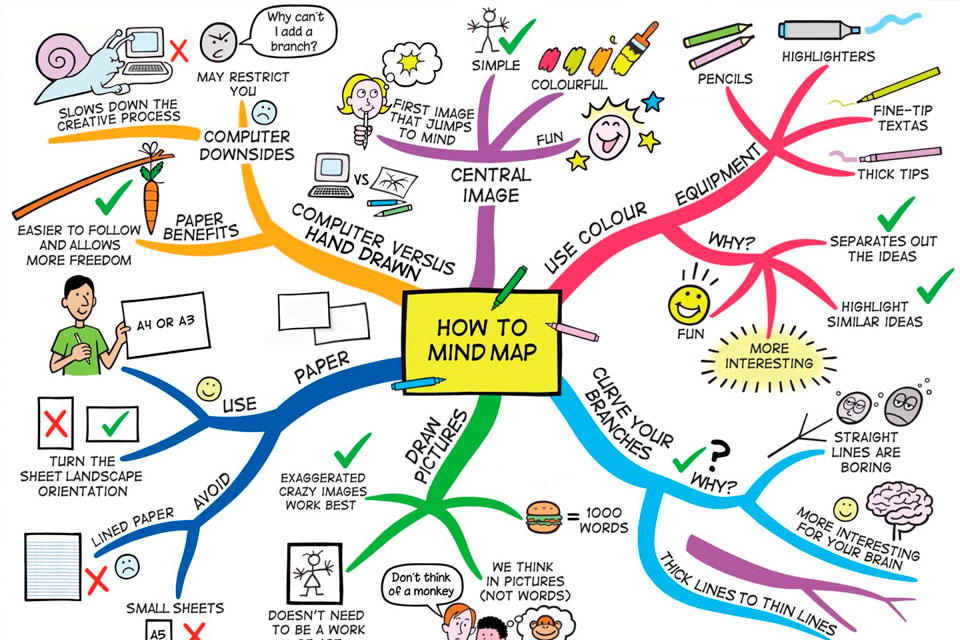
6. The Science of Spacing and Review
Note-taking is only half the battle. To maximize retention, you need spaced repetition — reviewing notes at increasing intervals, such as one day later, one week later, and one month later. This activates long-term memory and prevents forgetting.

7. Digital Tools for Note-Taking
Today’s students have access to powerful apps like Notion, OneNote, Evernote, and Obsidian. These tools allow tagging, search, cloud storage, and integration with flashcards. However, digital tools work best when combined with principles of effective note-taking, not as a substitute.
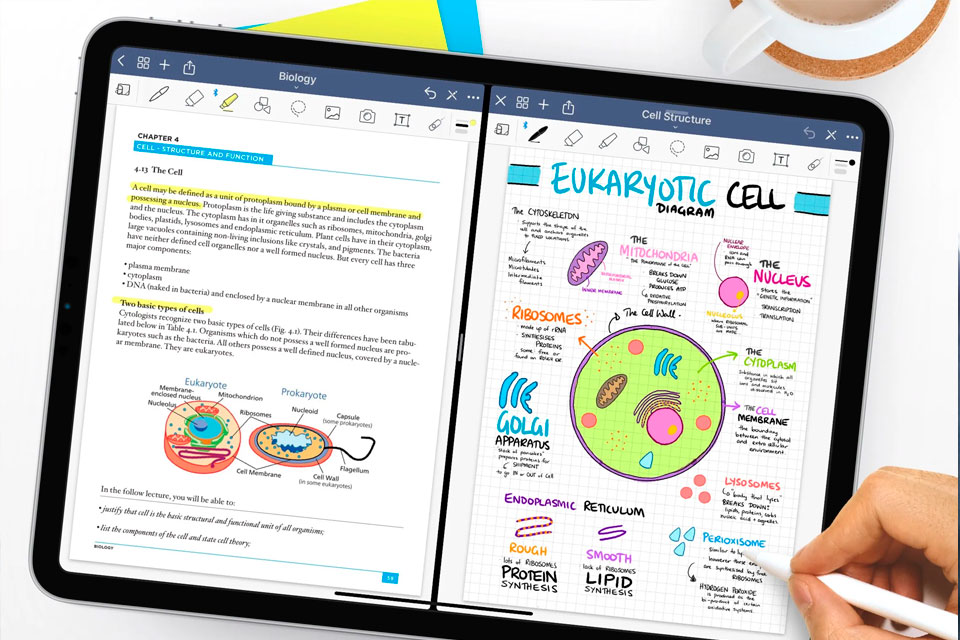
8. Common Mistakes to Avoid
There are several pitfalls that make note-taking ineffective. Writing everything down verbatim turns notes into transcripts, not learning tools. Not reviewing notes regularly weakens memory. Using messy handwriting or poor formatting reduces clarity. Relying only on digital storage without active recall also leads to shallow understanding. Recognizing these mistakes is the first step toward improvement.

Conclusion
Effective note-taking is both an art and a science. The best method depends on your learning style, but the principles remain the same: process actively, organize clearly, and review regularly. By combining proven techniques like the Cornell Method, mind mapping, and spaced review, you can transform your notes into a powerful learning tool.

So, next time you sit in class or open a textbook, remember: taking notes isn’t just about recording information — it’s about building knowledge that lasts.
